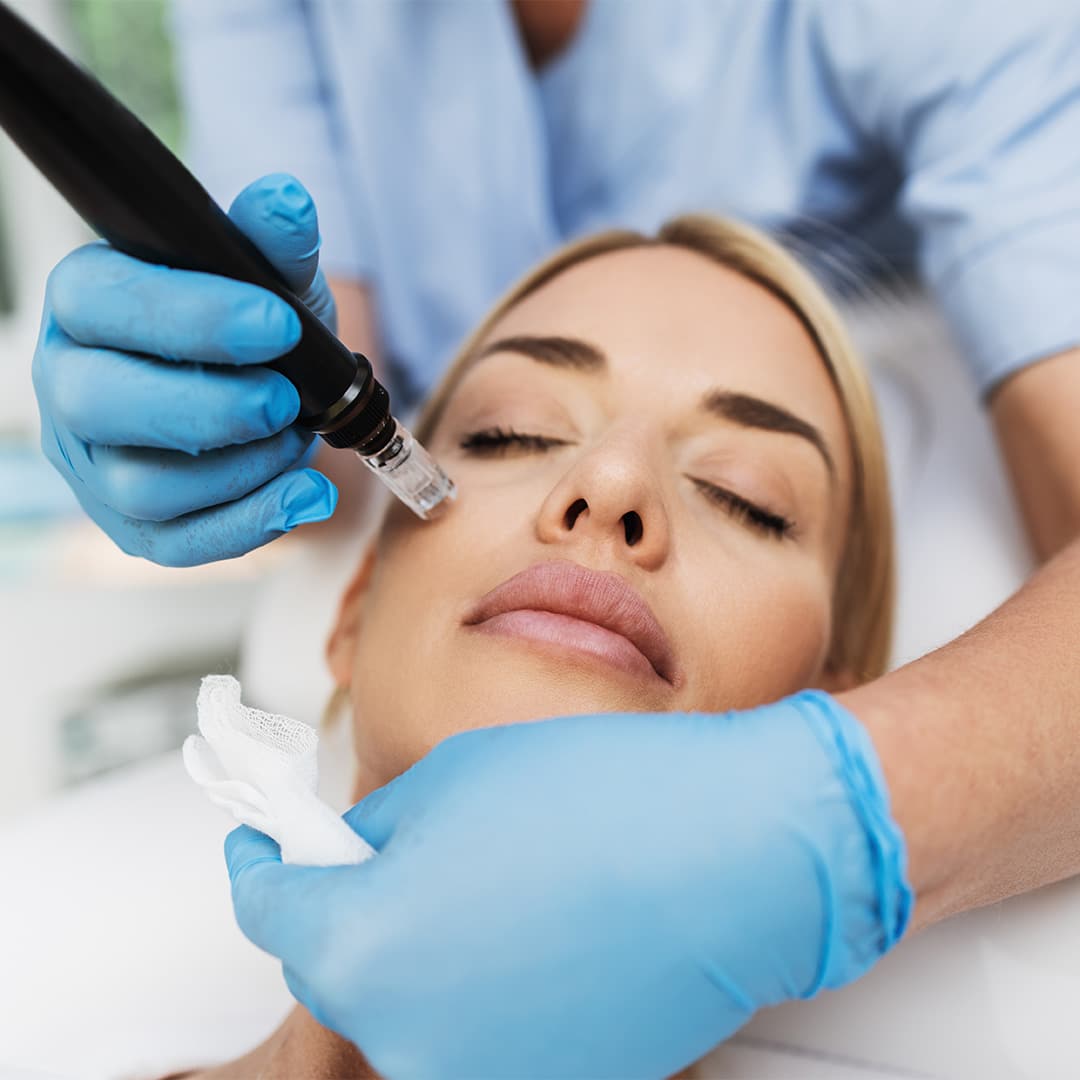
How to Become an Aesthetic Nurse
If you have a passion for beauty and a desire to impact people’s lives positively, a career as an aesthetic nurse might be the perfect fit for you. Aesthetic nurses play a crucial role in cosmetic medicine, assisting in various non-surgical procedures and helping individuals enhance their natural beauty. This blog post will explore the steps to becoming an aesthetic nurse and the rewarding opportunities in this rapidly growing field.
Education and Licensing:
A solid educational foundation is essential to embark on a career as an aesthetic nurse. Qualifications vary by state. For example, Pennsylvania requires that in order to perform cosmetic injections, an injector must be licensed as a registered nurse. However, there is no such requirement to operate cosmetic lasers. Institutes like the Institute of Laser Medicine (ILM) offer comprehensive aesthetic nursing programs that provide the knowledge and skills required to excel in this field once properly qualified. These programs cover various topics, including injectables, laser treatments, microneedling, and more.
Certification:
After completing the necessary education, aspiring aesthetic nurses can pursue certification to validate their skills and expertise further. The American Association of Aesthetic Medicine and Surgery (AAAMS) offers the Certified Aesthetic Nurse Specialist (CANS) certification, widely recognized in the industry. Obtaining this certification demonstrates your commitment to professionalism and excellence in the field.
Hands-on Training:
While theoretical knowledge is crucial, hands-on training is essential to develop practical skills. ILM’s aesthetic nursing programs feature small class sizes, providing ample opportunities for all students to gain hands-on experience through supervised practice on live models. This exposure allows aspiring aesthetic nurses to refine their techniques and become confident in performing various aesthetic procedures.
Networking and Professional Development:
Building a robust professional network is invaluable for any aspiring aesthetic nurse. Attending industry conferences, seminars, and workshops can provide opportunities to connect with fellow professionals and stay updated on the latest advancements in aesthetic medicine. Additionally, joining professional organizations can provide access to valuable resources, mentorship programs, and continuing education opportunities.
Career Opportunities:
Upon completing the necessary education, certification, and training, a wide array of career opportunities awaits aesthetic nurses. They can find employment in medical spas, dermatology clinics, plastic surgery, or private practice. Aesthetic nurses can specialize in various areas, such as injectables, laser treatments, or skin care, allowing them to pursue their specific interests within the field.
In Conclusion:
Becoming an aesthetic nurse requires dedication, education, and a passion for helping others look and feel their best. With the proper training and certifications, you can embark on a rewarding career in aesthetic medicine. The Institute of Laser Medicine offers comprehensive programs that equip aspiring aesthetic nurses with the knowledge and skills to succeed in this dynamic field. So, take the first step towards your dream career and join the exciting world of aesthetic nursing today.
Read More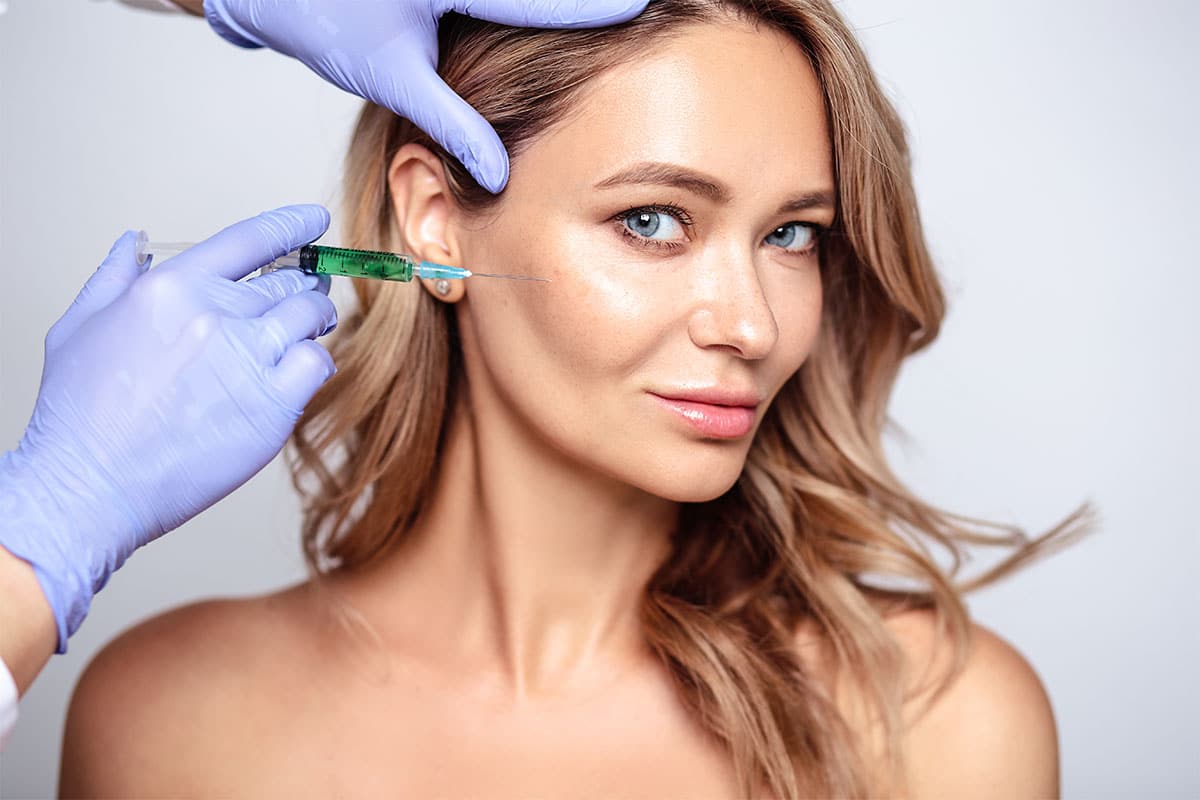
How to Become a Nurse Injector
You’re great at patient care. You’re just tired of the pace that leaves no room for you. If you’ve wondered whether your clinical experience could translate into a more human, creative, and flexible path, aesthetic injecting is worth a serious look. This guide shows how to become a nurse injector (step by step), grounded, practical, and aligned with the work you already do well.
ILM’s point of view is simple: mastery comes from focused, hands-on practice in boutique classroom settings, not from crowded lectures. If that resonates, read on.
What a Nurse Injector Actually Does (High-Level)
A nurse injector performs nonsurgical aesthetic treatments, most commonly neuromodulators (e.g., “Botox-type” products) and hyaluronic acid fillers, to soften lines, balance proportions, and support patient confidence. Daily work looks like:
- Consultation & assessment: medical history, facial analysis, photography, realistic goals.
- Treatment planning: product selection, dosing strategy, anatomy-first approach.
- Injection technique: safe, precise delivery using sterile technique and evidence-informed protocols.
- Aftercare & documentation: post-procedure guidance, follow-ups, and EMR notes.
The RN-to-Aesthetic Injector Pathway (Step-by-Step)
1) Verify eligibility & credentials for injectables
- Confirm eligibility: This path is for licensed medical professionals only, including nurses, nurse practitioners, physician associates, dentists, doctors, and physicians. You’ll need to provide credentials to enroll in serious training programs (including ILM).
2) Build a foundation the right way (fast, not rushed)
Aesthetic outcomes are born from anatomy + assessment + product physics. Before technique sprints, get grounded in:
- Surface and deep facial anatomy (danger zones, fat pads, retaining ligaments)
- Product science (rheology, G’/G*, crosslinking, diffusion)
- Adverse events (vascular occlusion recognition and response)
- Photography and documentation that stand up to scrutiny
Pro Tip: Choose a hands-on injectables course for nurses that bakes this into the live model work rather than splitting didactic from skill.
3) Do real injections on live models, correctly supervised
The fastest way to go from “I understand” to “I can perform” is live-model training with one-on-one mentorship in small cohorts. That’s where ILM focuses.
- You don’t need a packed auditorium; you need eyes-on guidance at the bedside.
- Technique progression typically starts with upper-face neuromodulators, then foundational filler areas (e.g., cheeks, nasolabial support) before moving into lip filler training for nurses and contour work.
- A quality course should also credit your learning. ILM’s 2-Day Botox & Filler Training includes 15.5 CNE credits.
Explore ILM’s live-model approach in the 2-Day Botox & Filler Training course.
4) Get supervised clinical exposure, shadow, then build a portfolio
- Shadow days help you see full-day clinic flow, not just isolated injections.
- Apprenticeship hours accelerate your comfort with consultation, consent, prep, injection, and follow-up.
- Build a before/after portfolio anchored in consistent lighting and angles. Include case reasoning, not just results. Hiring managers notice.
At ILM, graduates receive a complimentary shadow day at our med spa and complimentary apprenticeship hours designed to bridge training and independent practice, so you don’t “graduate” into uncertainty.
5) Keep advancing (safely)
A great injector never stops learning. After your foundation, look for:
- Advanced injectables course for nurses (perioral sculpting, chin/jawline, mid-face optimization)
- Cross-training in laser fundamentals and energy-based device safety for collaborative treatment planning
- Structured case reviews with mentors
Skills That Matter in 2025+
- Consultation finesse: Setting expectations, matching plan to anatomy and budget, and saying “not today” when appropriate.
- Anatomy-led technique: Plane selection, vectoring, aspiration strategy, and post-injection assessment.
- Safety culture: Asepsis, anaphylaxis readiness, vascular event protocols, documentation that protects you and your patients.
- Treatment planning across modalities: Knowing when neuromodulators, fillers, lasers, and skincare each play first chair.
- Photography & charting: Reproducible imaging, standardized notes, and lot tracking.
- Team medicine: Seamless coordination with medical directors, aestheticians, and front-of-house.
- Ethics & boundaries: Patient suitability, informed consent, and referral when needed.
Why Hands-On Matters (ILM’s Point of View)
You can watch 100 hours of lectures and still feel shaky with a needle in your hand. That gap closes when you inject under expert eyes, on real people, in a boutique-style classroom setting, with room to ask “Why this plane?” and “How would you pivot if…?”.
ILM’s boutique model prioritizes:
- Live-model reps that match real-world scenarios
- One-on-one mentorship for fine motor adjustments you can feel, not just hear
- Small group dynamics so your questions aren’t lost to a crowd
- Immediate feedback loops that turn technique into instinct
If you’re an overworked medical professional, you don’t need another passive seminar. You need guided practice that respects your time and accelerates confidence.
Choosing the Right Program: A Quick Evaluation Checklist
Use this to vet any botox and filler training for nurses:
People
- Instructor credentials and current clinical practice
- Student-to-instructor ratio (ask the real number)
- Direct mentorship vs. “walk-by” supervision
Curriculum
- Live-model hours (not just demos)
- Foundation + safety protocols + complication management
- Progression structure (from neuromodulators to foundational filler to lips)
Experience
- Boutique class size
- One-on-one guidance for technique correction
- Photography, charting, and case presentation practice
After the course
- Shadow opportunities
- Apprenticeship or clinic transition support
- Clear documentation for credentialing/medical director conversations
- CE/CNE credits with a reputable provider
Logistics
- Transparent model policies and product usage
- Location, schedule, and pre-course prep
Check most boxes above, and you’re on a strong RN to aesthetic injector pathway.
The ILM Advantage (Boutique Differentiators)
- Boutique classroom setting & one-on-one guidance: Small cohorts mean you’re seen. Instructors correct your hand position, angle, and depth in the moment.
- Live-model training for real-world confidence: Reps on live models, not just simulations, build decision-making you can take with you.
- Premium, career-elevating learning environment: Professional photography standards, charting habits, and workflow design to match high-end practice expectations.
- Mentorship culture & practical readiness: Complimentary shadow day at our med spa and complimentary apprenticeship hours help you bridge from course to clinic.
- 15.5 CNE credits: Earn meaningful credit while you train. Evidence that you invest in safe, competent practice.
Learn more and book your seat in ILM’s hands-on Botox & Filler training.
Career Outcomes & Next Steps
Where nurse injectors work: medical spas, dermatology clinics, plastic surgery practices, concierge aesthetics, and multidisciplinary wellness centers. Roles range from injector to clinical educator or practice lead, depending on your background and goals.
How to stand out:
- Present a tidy case portfolio with lighting consistency and concise clinical notes.
- Speak fluently about safety protocols and anatomy rationales (“why this plane, why this product”).
- Show a plan for ongoing education: advanced injectables, laser safety, consultation mastery.
- Be collaborative. The best aesthetics teams are cross-disciplinary, respectful, and patient-centered.
Practical next steps: Book training, complete your shadow day, and line up apprenticeship hours to keep your hands moving. Then, lock in a part-time clinic shift while you grow your panel. Momentum beats perfection. Start your transition into aesthetics with our boutique essential-and-advanced curriculum in the 2-Day Botox & Filler Training course.
Conclusion
If you’re an overworked medical professional looking for a career change with more personal fulfillment, nurse injecting offers a way to blend clinical rigor with artistry and human connection. The path isn’t mysterious: verify your eligibility, train hands-on with live models, work in small cohorts with one-on-one mentorship, then keep building real-world reps through shadow and apprenticeship.
When you’re ready to move from curiosity to competency, ILM’s boutique approach is built for you.
Ready to break into medical aesthetics? Book your seat in an upcoming 2-Day Botox & Filler Training course, featuring live models, one-on-one mentorship, 15.5 CNE credits, a complimentary shadow day, complimentary apprenticeship hours, and more.
Read More
The Tale of the Tattooed Mummy
The earliest sign of tattooing has dated back to 5,300 years when a mummy was found along the Italian Alps that had several tribal tattoos embedded into his bone. Tattooing has since evolved dramatically over the years. From tiny tribal India ink symbols to intricate pieces of artwork that stretch across a person’s entire body, there is no doubt that tattooing has become a social norm. Everywhere you turn someone is tattooed! One recent study showed that 1 in every 5 Americans has at least one tattoo.
With the new social norm of tattoos, there are bound to be many that are regrets. Laser Tattoo Removal is one of the highest in-demand treatments now more than ever. Usually the reasons for removal or regret are due to a drunken mistake or an ex-lovers name, but sometimes removal is for those who have simply “grown out” of their tattoos and want to make room for more!
In order to completely capture a client’s tattoo vision and achieve good results, tattoo artists are asking that their clients have their tattoos laser removed (or faded) before coming in for a cover-up.
There are many myths surrounding laser tattoo removal. A top myth is that it will leave behind a big ugly scar and will permanently ruin the skin. This is simply not true. Laser tattoo removal is very safe and when properly administered, with the correct settings, patients will see little to no scarring (of course this involves a great at home care plan as well).
At ILM, you can learn about Laser Tattoo Removal and get certified in one of the fastest growing aesthetic treatments in the industry.
Contributed by: Jillian Norton, Specialty Instructor, ILM
Read More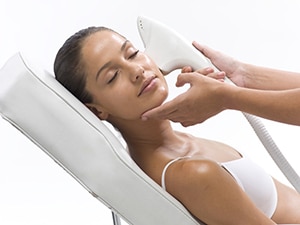
Aestheticians To Laser Aesthetician!
 As an aesthetician, I never thought there would be an opportunity in my lifetime to expand my career to be able to operate a medical grade laser to help my clients with various skin disorders and concerns. I had always been fascinated by the skin care industry, which is why I initially studied nursing and then went on to become an aesthetician. But my curiosity wasn’t satiated with just aesthetics and I wanted to study how to treat skin and the myriad of skin conditions with lasers. This led me to expand my skills by attending a laser school where I was able to learn everything from laser hair removal and laser skin resurfacing to body contouring and skin tightening.
As an aesthetician, I never thought there would be an opportunity in my lifetime to expand my career to be able to operate a medical grade laser to help my clients with various skin disorders and concerns. I had always been fascinated by the skin care industry, which is why I initially studied nursing and then went on to become an aesthetician. But my curiosity wasn’t satiated with just aesthetics and I wanted to study how to treat skin and the myriad of skin conditions with lasers. This led me to expand my skills by attending a laser school where I was able to learn everything from laser hair removal and laser skin resurfacing to body contouring and skin tightening.
There are many benefits that come with learning about various laser treatments including the following:
- Advanced aesthetic laser skills not only open the door career-wise to laser centers and day spas, but also to plastic surgeons and various doctors’ offices.
- You are able to combine traditional aesthetic treatments (i.e. peels, facials, etc.) with lasers treatments thus providing clients with greater potential for fantastic results.
According an article from PR Newswire (Medical Aesthetics Market, June 5th, 2015), the market and use of cosmetic lasers continues to expand and will continue to grow over the next few years. In fact, the article reports that the medical aesthetic market is “expected to reach $12.5 Million by 2020”! Combine that growth with some other advantages:
-
- Medical spas and aesthetic centers operate in a comfortable setting under the supervision of a medical director.
- They use the latest advances in medical technology to try and combat all areas of concerns to achieve results with clients.
Long term results can be achieved for face and body, health providing overall body well being.
- Provide a broad range of additional service using different modalities that are attractive to office demographics; Radio-frequency, IPL (Intense Pulse Light), Gentle NDYag Lasers, Body Contouring and Permanent Sweat Reduction treatments.
As the medical aesthetic industry continues to expand, there will always be more for me to learn. I’m so happy I took the plunge in to the laser world of skin-care – it’s fascinating and I love the knowledge that I’m able to provide to my clients and students alike.
Contributed by: Carol Sassa, Lead Instructor at ILM
Read More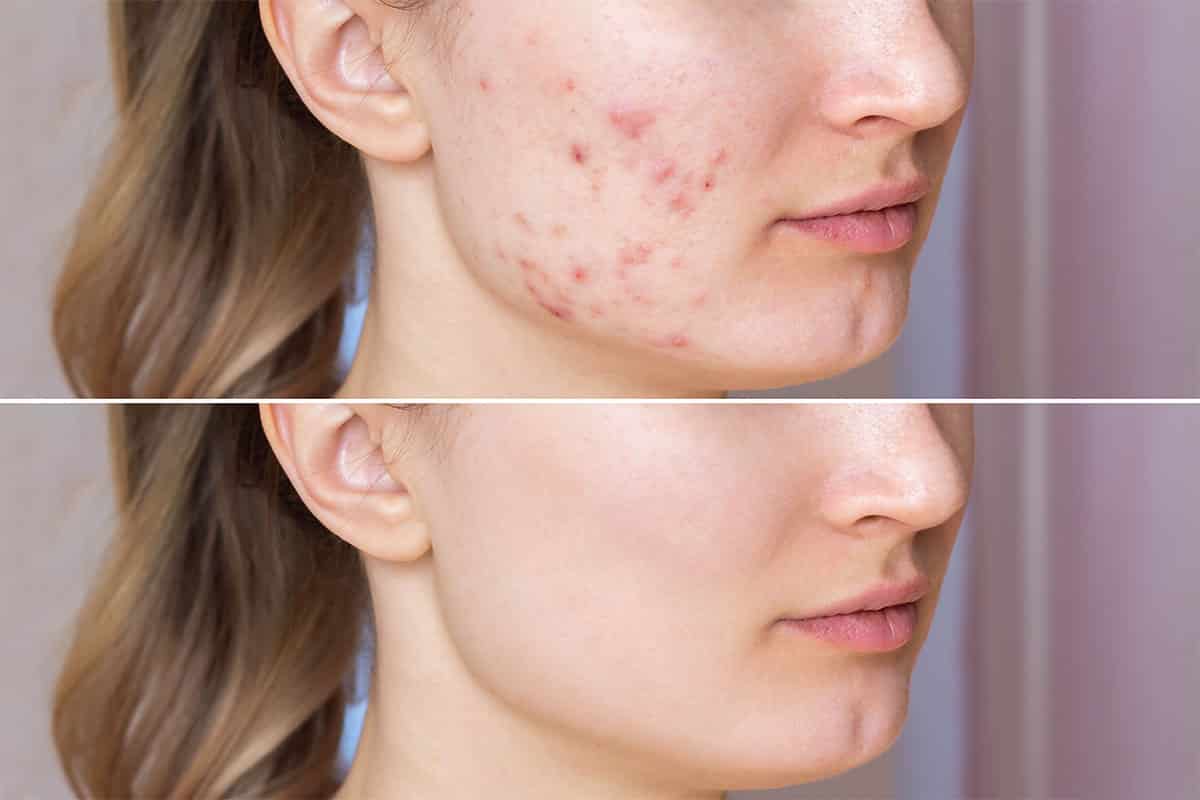
The Truth About Light Based Acne Therapy
If you are thinking about taking your acne therapy or treatment to the next level, you have a wide number of options at your disposal. When you are considering a higher level treatment for your acne, it is always best to fully understand what you are getting into before you make the investment. Here we reveal the truth about light based acne therapy, so that you don’t have to go into these higher level treatments with questions, concerns, or worse, fear.
What is light based acne therapy?
Light based acne therapy is exactly what it sounds like, an acne therapy using light to target your problem areas. There are many different kinds of light based acne treatment, and the kind you go with will depend on the extent of your acne. This treatment is generally managed over a few or several sessions depending on your acne. Your skin is exposed to the light therapy with the low intensity light beams acting directly on and destroying the bacteria in the oil glands of the affected areas. The lights will dry up and eradicate any excess production of oil, and eradicate your acne.
Who Its Best For
This treatment is best for people with moderate to severe acne that are having problems seeing results using other methods of acne therapy or treatment.
Are there side effects?
You may experience some temporary dryness or redness to the area that is being treated.
Is it permanent?
Light based acne therapy is one of the more permanent methods of acne treatment, but as acne is an ongoing problem, you may require ongoing treatment. Many studies have shown light based acne therapy results to last as long as two years or even longer.
Read More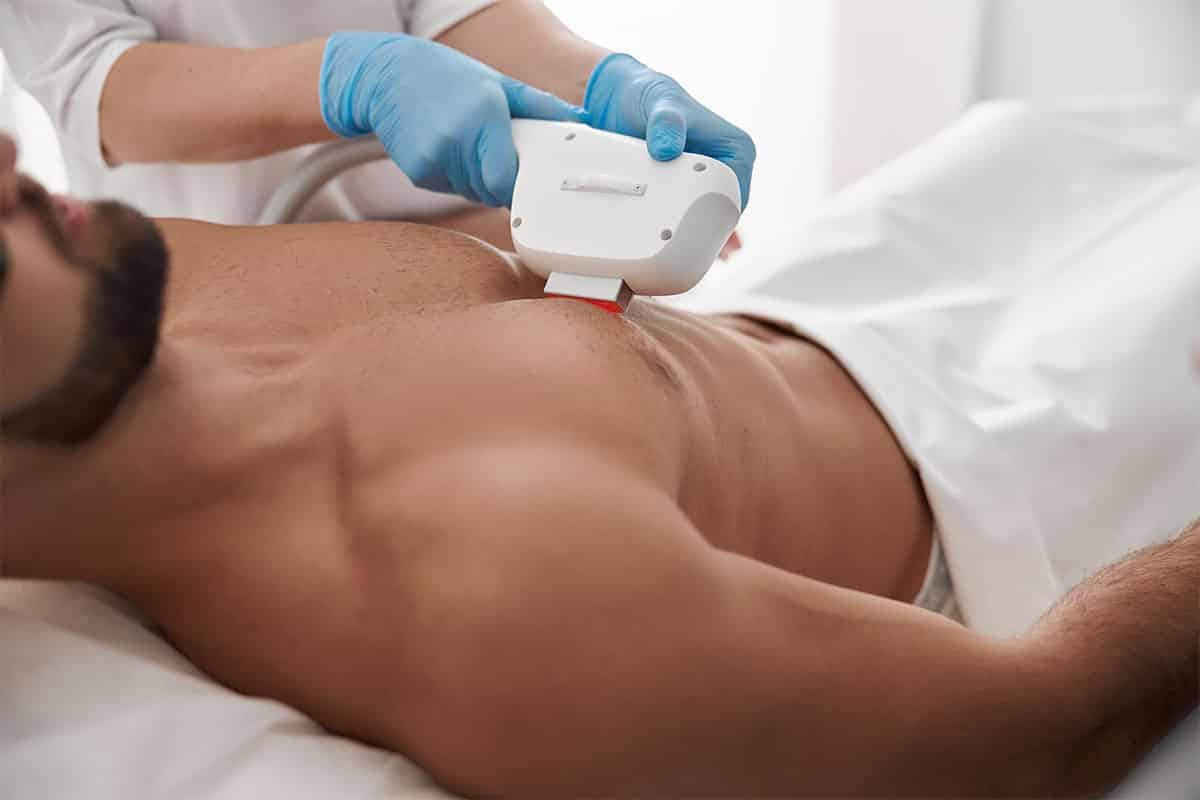
Laser Hair Removal The Hottest Trend in Manscaping
Even though the very thought of tending to similar maintenance methods as your girlfriend or wife might make you cringe, when it comes to manscaping you don’t need to worry.
The truth is, nobody ever needs to know about it. So if you are going to do it anyway, and never want anybody to find out, you may want to consider laser hair removal, the hottest trend in manscaping today.
What is it?
A method that uses lasers to remove unwanted hair anywhere on your body.
It’s completely FDA approved and the one trend that men’s grooming experts can’t stop talking about.
A laser beam is used to kill the hair follicles, and permanently remove the hair in question.
It’s a permanent method of hair removal, but it does have some drawbacks, and is one of those treatments that isn’t necessarily best for everybody.
But if it’s right for you, say goodbye to unwanted hair forever.
The real beauty of this one is that you only have to do it once and nobody has to know about it if you prefer to keep it to yourself.
So what do you think? A permanent method of hair removal that nobody ever needs to find out about? Why not?
